|
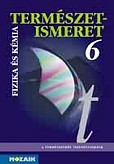
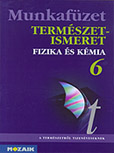
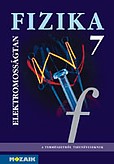
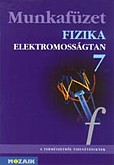
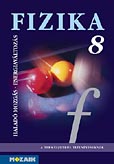
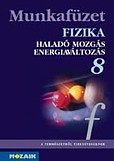 |

The book series Science for Teenagers familiarises the age group of 10-16
with the basics of up-to-date knowledge in the field of natural sciences.
The material is based on the observation of nature; it teaches children to
understand, discover and protect the environment. Science, Physics,
Chemistry, Biology and Geography books have been written and designed in
the framework of a coherent and unified curriculum project. This project
combines some of the traditional material and methodology with the new
elements, defined by the National Curriculum.
Introducing basic ideas and principles of natural sciences this
textbook series includes many applications and examples to demonstrate how
science is relevant to everyday life. It supports teachers with a variety
of materials to promote effective learning. Each book is designed to be
accessible to students of a wide range of ability. Key concepts are easy
to access in the text and important facts are summarised at the end of
each chapter. The highly illustrated material is made more interesting
with supplementary readings and topics of special interest. The 19
textbook is accompanied by workbooks with exercises and worksheets.
Curricula and syllabi are available for teachers using these books.
Physics
The most important principles defining the content and perspective of
our books on physics:
The basis for knowledge is the experiments performed by students or
teachers and the everyday knowledge of the children. These are discussed
and analysed, so that students may understand and explain them, develop
their own notions of certain phenomena, and explore the underlying
principles and rules. To intensify the gained knowledge our books have
texts as well as pictures, thereby making the experience as personal as
possible.
The aim is to introduce the following ideas:
 |
Emphasis is laid on the teaching of laws of conservation and the
correlation which forms their basis, as well as its application as an
organising principle. |
 |
Both kinds of material (those of corpuscle structure and the fields)
are presented as being in constant interrelationship, and how they are
applied as explanatory principles. |
 |
Body and material, their characteristics; the difference between
quantities characterising hese, how they belong to each other. |
 |
Physics co-ordinated with mathematics and the other natural
sciences both from the point of view of perspective and chronology. |
According to the age group of students a grid of notions helps organise
the material, thereby making it possible to deepen the understanding of
different notions in physics. Besides, the co-ordination between theory
and practice is created.
One of the aims of learning physics is to understand the most general
phenomena of nature and to be able to apply the laws and concepts of
physics. It is just as important to see other roles of physics, which are
the formation of the personality, the development of skills, and its
overall effect, which makes it possible to find our way in nature,
technology and in the flow of information.
The condensed texts of the book are made more colourful and more easy
to learn by the addition of drawings, photographs, pictures, charts and
tables.
The application of the learnt material is made more easy by questions
to be found after each chapter. These are: Don’t forget. Check what you
have learnt. Experiment. Think and answer. Observe this. Calculate.
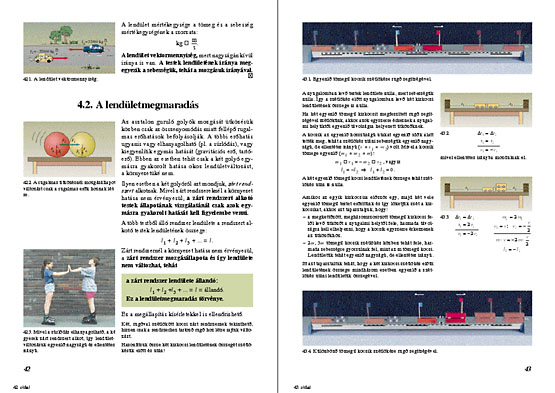
|









